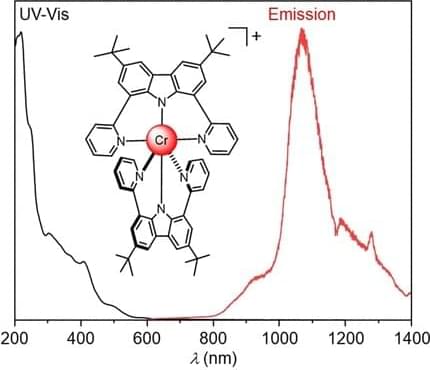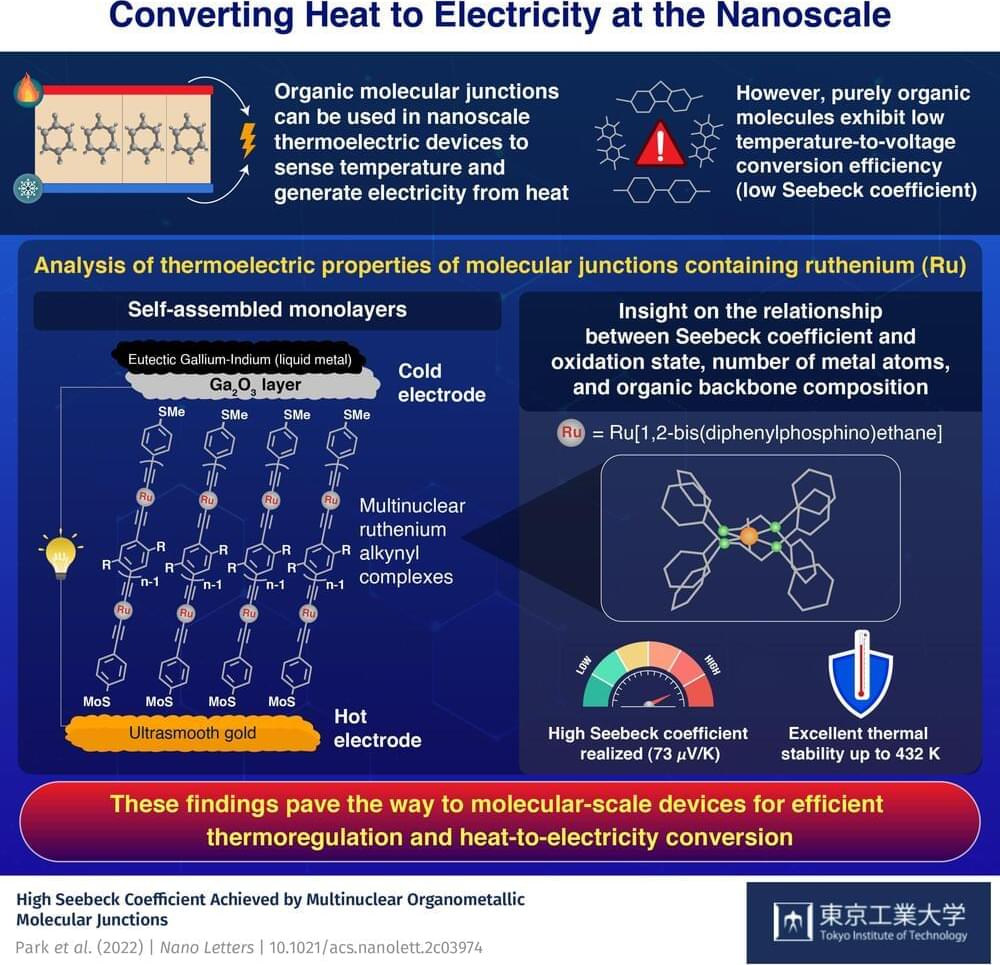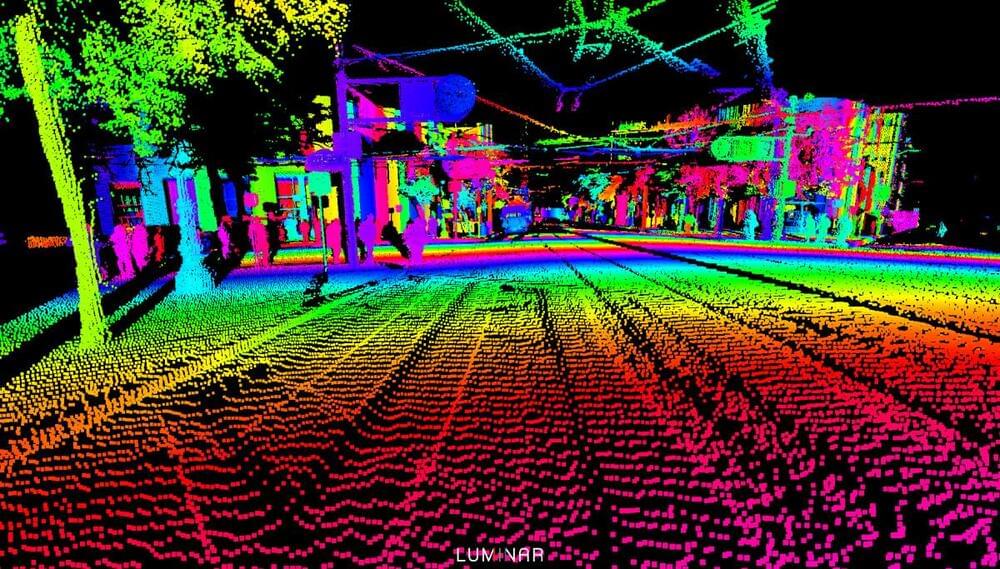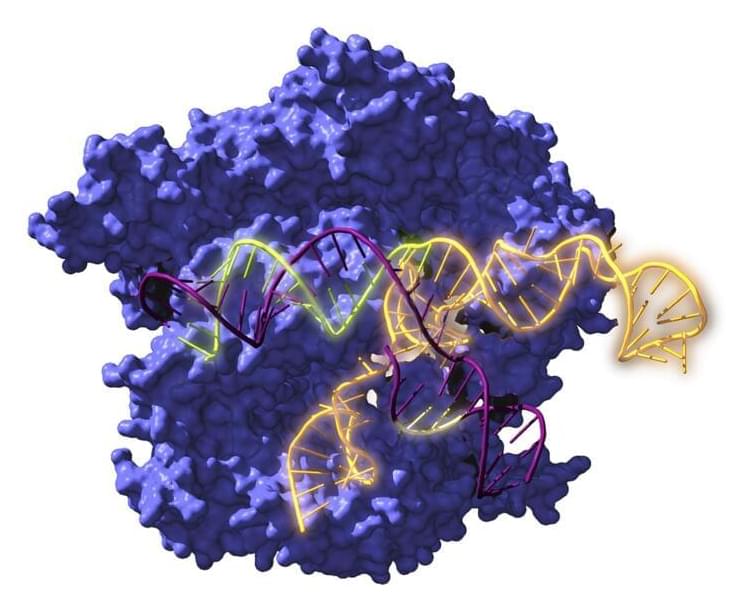Many applications, from fiber-optic telecommunications to biomedical imaging processes require substances that emit light in the near-infrared range (NIR). A research team in Switzerland has now developed the first chromium complex that emits light in the coveted, longer wavelength NIR-II range. In the journal Angewandte Chemie, the team has introduced the underlying concept: a drastic change in the electronic structure of the chromium caused by the specially tailored ligands that envelop it.
Many materials that emit NIR light are based on expensive or rare metal complexes. Cheaper alternatives that emit in the NIR-I range between 700 and 950 nm have been developed but NIR-II-emitting complexes of non–precious metals remain extremely rare. Luminescence in the NIR-II range (1000 to 1,700 nm) is, for example, particularly advantageous for in vivo imaging because this light penetrates very far into tissues.
The luminescence of complexes is based on the excitement of electrons, through the absorption of light, for example. When the excited electron drops back down to its ground state, part of the energy is emitted as radiation. The wavelength of this radiation depends on the energetic differences between the electronic states. In complexes, these are significantly determined by the type and arrangement of the ligands bound to the metal.








